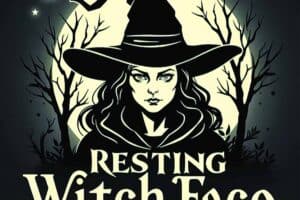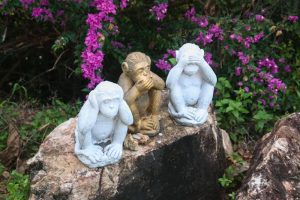- The name Easter owes its origin from Eastre, the Anglo-Saxon goddess who symbolizes hare and egg.
- Easter always falls between March 22 and April 25.
- The custom of giving eggs at Easter time has been traced back to Egyptians, Persians, Gauls, Greeks and Romans, to whom the egg was a symbol of life.
- Pysanka is a specific term used for the practice of Easter egg painting.
- Easter egg dye is marketed at a whopping 5 cents a packet for the first time in 1880 by Pharmacist William Townley of Newark, N.J.
- The first Easter baskets were made to look like bird’s nests.
- The jellybean pops on to the scene in 1861. An advertisement promotes the sending of jellybean treats to soldiers in the Union Army. By 1998 jellybean consumption for the Easter season totals 15 billion. If these beans were lined up end-to-end they would circle the globe almost three times.
- Each year witnesses the making of nearly 90 million chocolate bunnies.
- When it comes to eating of chocolate bunnies, it is the ears that are preferred to be eaten first by as many as 76 percent of people, 5 percent said bunnies should be eaten feet first, while 4 percent favored eating the tail first.
Source: www.indobase.com, www.celebrations.com





